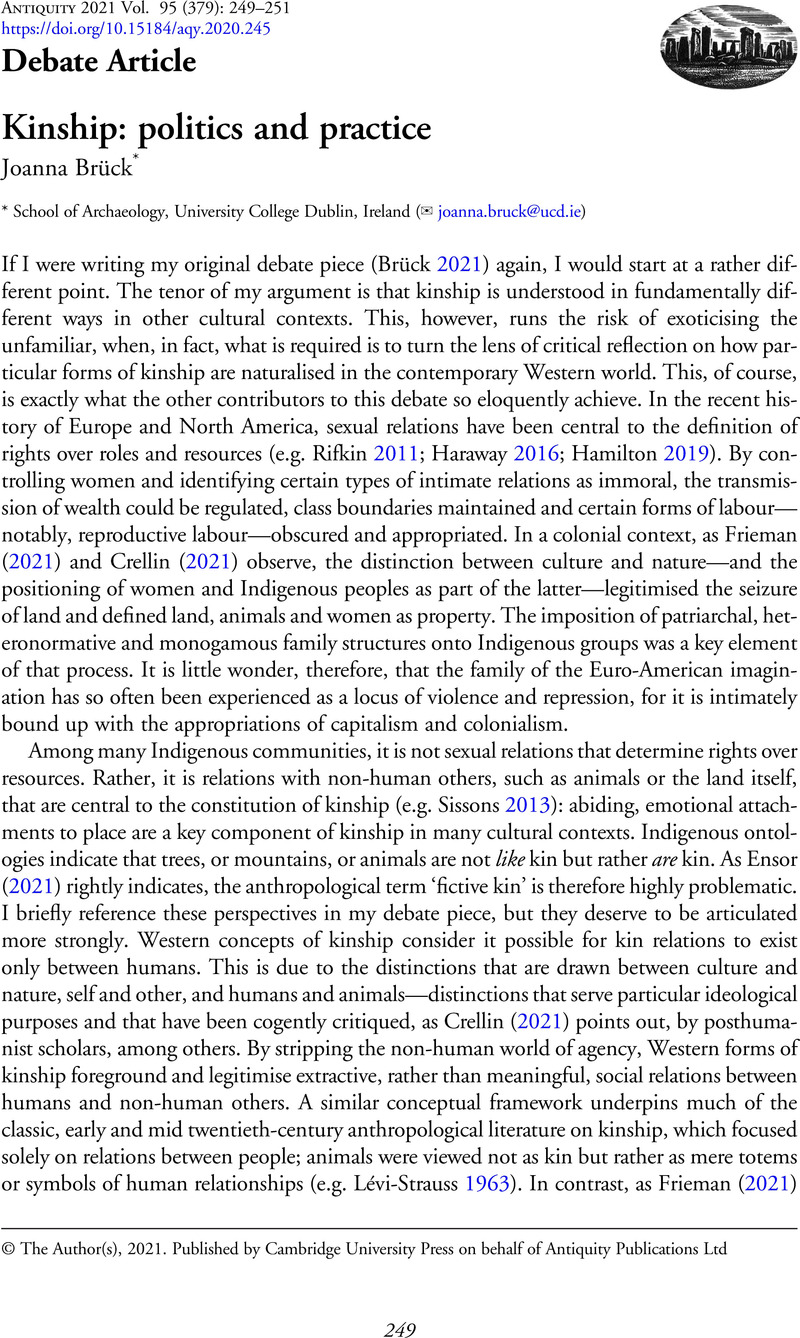Crossref Citations
This article has been cited by the following publications. This list is generated based on data provided by Crossref.
Pope, Rachel
2022.
Re-approaching Celts: Origins, Society, and Social Change.
Journal of Archaeological Research,
Vol. 30,
Issue. 1,
p.
1.
Furholt, Martin
2023.
Narratives, Concepts and Data: The Relevance of Franz Boas’s Research Perspective for European Archaeology.
EAZ – Ethnographisch-Archaeologische Zeitschrift,
Vol. 57,
Issue. 1,
Figueiro, Gonzalo
2025.
Simulating the effects of kinship and postmarital residence patterns on mitochondrial DNA diversity in mortuary contexts.
American Journal of Biological Anthropology,
Vol. 186,
Issue. 1,
Locker, Angelina J.
2025.
Dearly De-Parted: Ancestors, body partibility, and making place at Dos Hombres, Belize.
Journal of Anthropological Archaeology,
Vol. 78,
Issue. ,
p.
101681.



